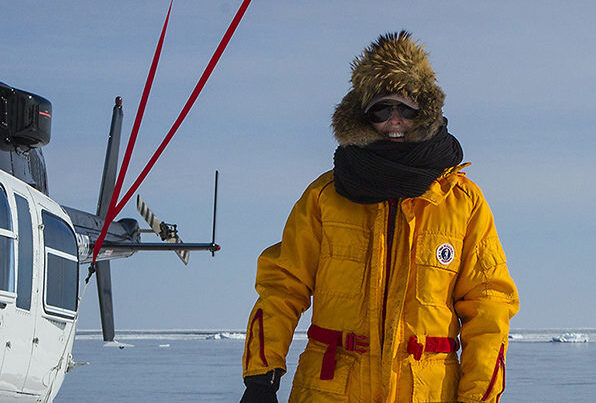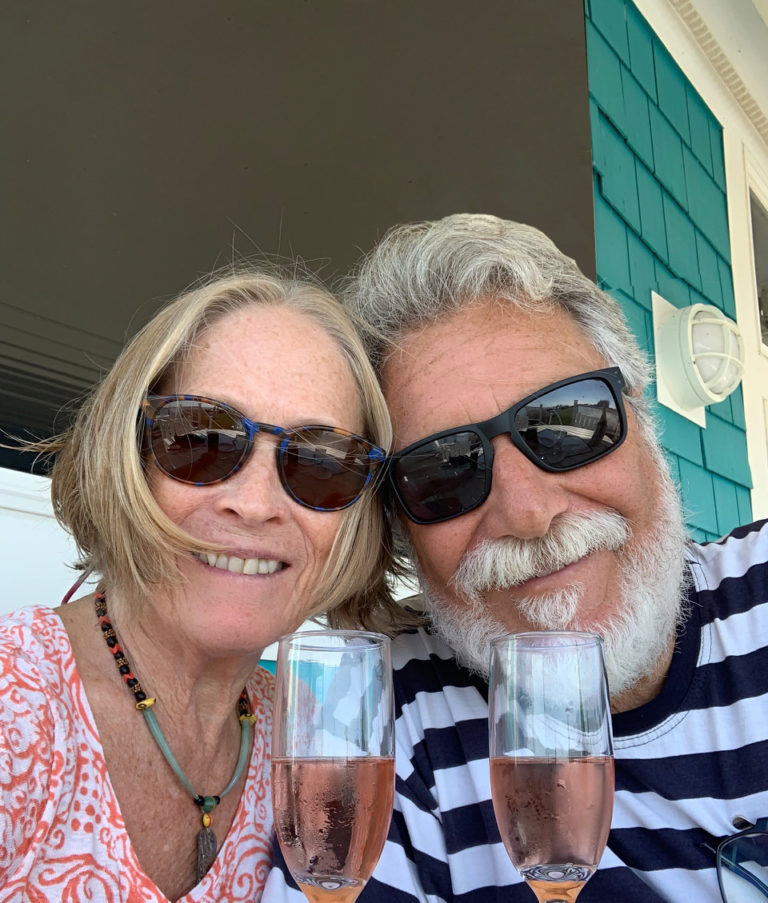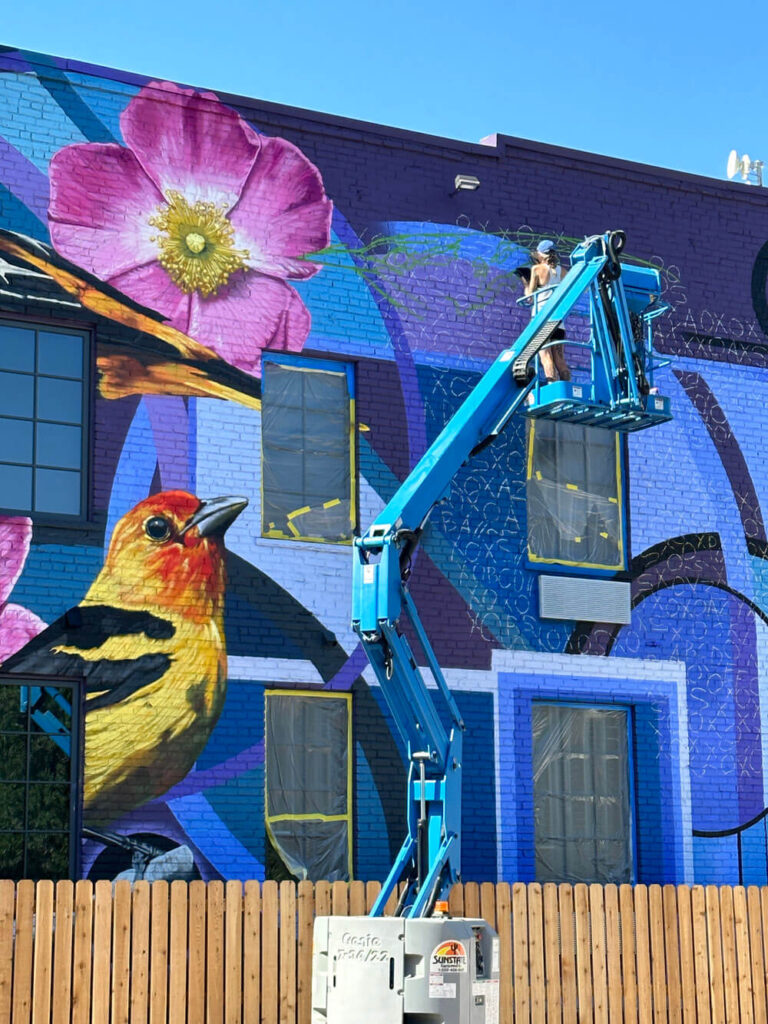Interview: Taylor J. Rothchild

Wine has always been an important part of Taylor J. Rothchild’s life. Inspired by his parents, he was first introduced to wine at the age of fourteen. He was offered an internship working for Francis Ford Copolla at his Rubicon Estate (now Inglenook Estate) winery in Napa Valley. He was intrigued with the entire process, and would return to work each summer for the next few years.

His father, Dr. Eric Jon Rothchild was an avid wine lover, originally inspired by his father Nathan Rothchild who taught him the art of winemaking. Eric continued to learn more about his passion, and received a Certificate Degree in Winemaking and Viticulture from a two-year program at University of California, Davis. Life would lead him down another path to become a doctor and raise a family, so when his fifteen-year old son’s interest turned to wine, his own passion was reactivated. In 2006 the father/son duo decided to embark on a wine venture launching Tayson Pierce Wines…named after Taylor and his two siblings, Grayson and Pierce.
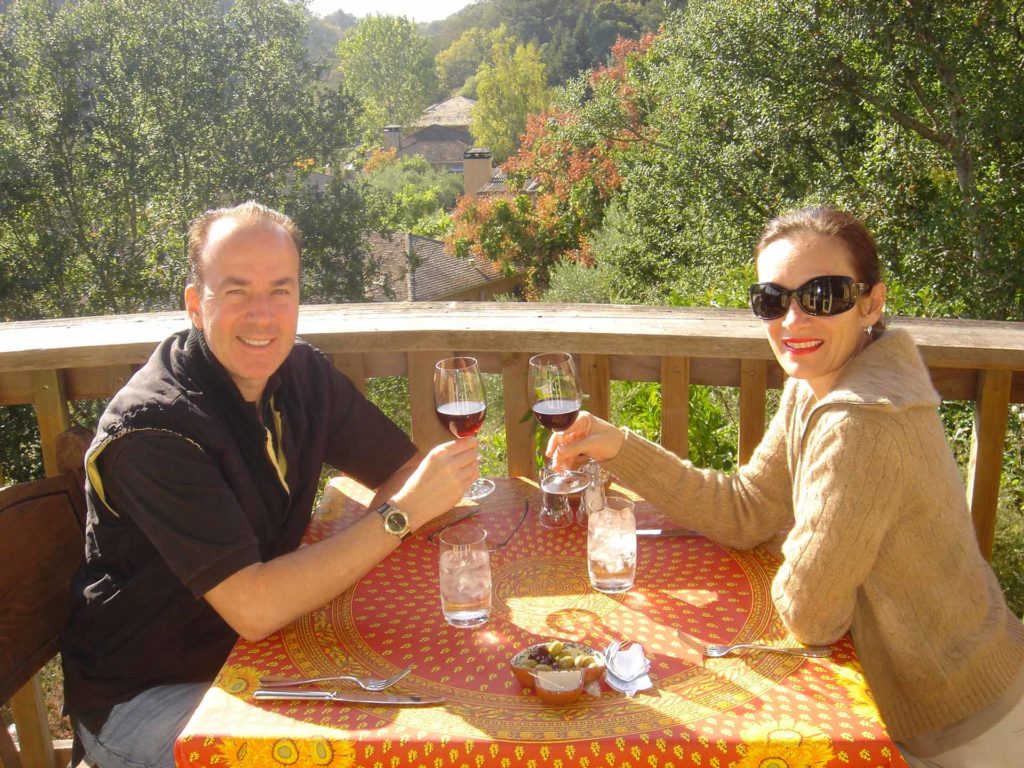
Taylor has fully immersed himself in the process of winemaking and has traveled across the globe to learn more about wine. After finishing his JD/MBA program at twenty-six, he would utilize his new skillsets and take Tayson Pierce Wines to the next level. He became more involved in creating and premiering the winery’s first Rosé wine (Rothchild Rosé). He was instrumental in introducing a new line of champagnes produced in France exclusively for Tayson Pierce called Champagne Éric Philippe.
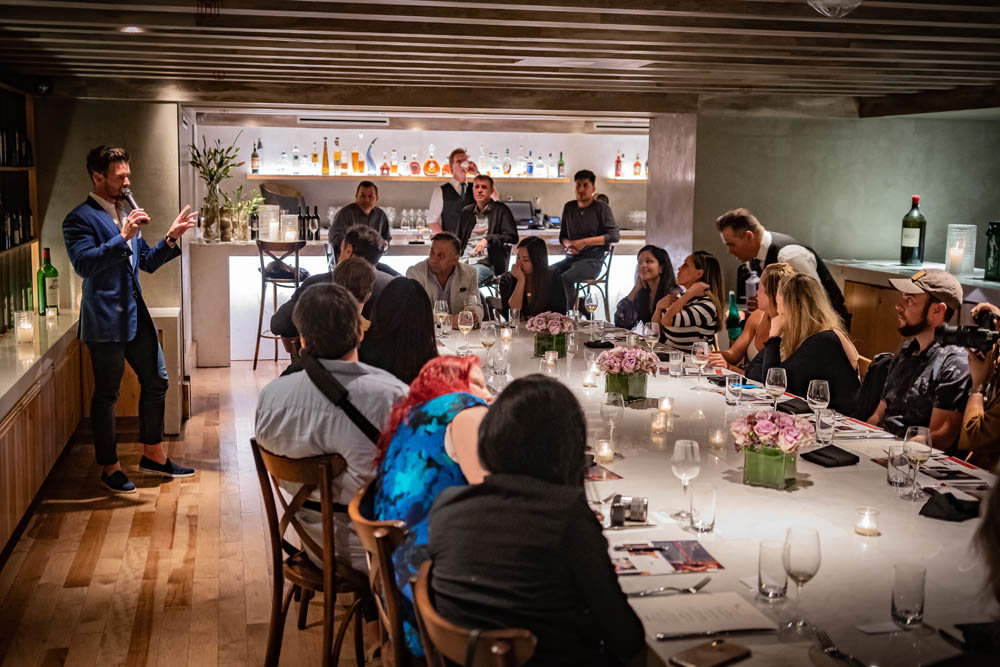
I attended a media event with one of my staff. Read his review HERE on our sister site LAArtParty.com – I also had the privilege of interviewing Taylor for ETG.
Q: When you were in growing up, was wine a part of your family vacations and meals at home?
A: As long as I can remember it was. My parents have always been wine enthusiasts and loved exploring wines from all over the world.
Q: Do you remember your first experience tasting wine?
A: My first memory of really tasting wine was when I was about 13 or 14 when I was in Napa and wanted to try what my parents were tasting. I think it was a bottle of Copan. If I remember correctly…it peaked my curiosity wondering “is this what all wine tastes like or are they all different?”
Q: How did you and your father actually begin the business?
A: We decided to make a small batch of wine after my first summer in Napa. I was 15. At this time, it was still just a little passion project, but not a real business yet. I would say we started getting more serious with it over the course of time as our accounts slowly grew and we started selling out each year.
Q: What type of wine did you begin with?
A: Cabernet Sauvignon was the first wine we ever produced starting with a 2006 vintage. We received really great reviews out of the gates and some received praises from well-known critics. Over the year’s we’ve continued to sell out our cabernet sauvignon since it is such great juice getting better with each vintage and is only produced in reserved quantities.

Q: Tell me about your Rosé and how you got more involved in the winemaking process?
A: Our winemaker Jeff Ames is so talented we usually leave the technical stuff to him, since that is an art form and he’s the artist. With the rose, we had never tried blending a wine before since our other wines are single varietal wines. Naturally, I wanted to be involved in the blending process for this wine. That was a very exciting time for me and I was very happy with the end result. That was back in 2017.
Q: Perhaps you can tell our readers why a single vineyard is so important?
A: I believe it is much more challenging to produce a great wine from a single vineyard because you are depending on the fruit solely from that single estate to make a fine wine. It takes a lot more care and skill to make a great wine this way. You need to have an exceptional location for the fruit, best in class farming practices, constant care and attention to detail, and a very talented winemaker, of course. With a NON-single vineyard wine, you can make a wine with 20% amazing Cab fruit from a single estate and source the remaining 80% from another estate with ok fruit to make up the volume requirements and still get a nice wine but that is just “fairy dusted” with your best fruit then. It takes much more skill when you are not blending mixed quality fruit like that. Finally, it is also much harder to find single vineyard wines because by their nature, they are made in smaller quantities so there are less of them out there. Some estates have massive plots of land and can produce larger quantities calling it single vineyard but after a certain point, the parcels of land begin to have different growing conditions (i.e. varying climates, soil composition, sun exposure, etc.).
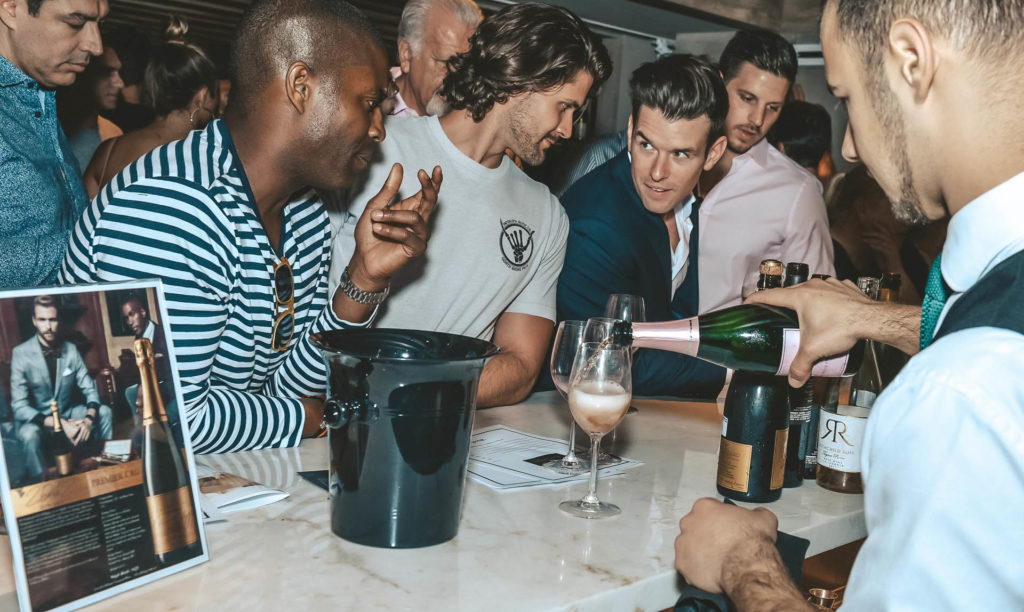
Taylor with friends at a soft release party for the Champagne Éric Philippe and Tayson Pierce Rosé line From left to right: Justin Canty, Jeff Szpylman, Taylor J. Rothchild Mike Loretz
Q: Also can you tell us the importance of a Premier Cru?
A: Premier Cru and Grand Cru are terms used today to highlight the historical significance of the vineyards where the grapes come from. Back in the early days of Champagne making, the Cru system was established to establish fair pricing between Champagne Maisons and grape farmers. Grand Cru designated vineyards were producers with the best reputations for their wine or wines made with their grapes. Premier Cru is the second highest classification. The Champagne AOC requires that a bottle may only say Grand Cru or Premier Cru on the bottle if the wine comes from a Grand Cru or Premier Cru designated vineyard. The larger Grand Marque Champagne Maisons by definition cannot produce solely Grand Cru or Premier Cru Champagnes since they must produce in such massive quantities from so many different vineyards across Champagne. Less than 9% of the land in Champagne is Grand Cru and only about 22% is Premier Cru. Accordingly, they are much rarer and prestigious Champagnes than those not designated with those terms.
Q: Can you explain the dosage? Why do some champagnes have much higher than Champagne Éric Philippe?
A: In winemaking, it is all about balance. If a champagne is already well balanced after its secondary fermentation, then it only needs minimal to no dosage. Our philosophy is that if you use the best quality ingredients and pair that with a highly refined winemaking technique, then the wines naturally do not require a heavy dosage. Our grapes are all from well-kept Grand Cru and Premier Cru vineyards with vines as old as 45 years and our 9th generation winemaker uses a technique his family has honed over 300 years of practice. The combination of those factors yields a well-balanced wine.
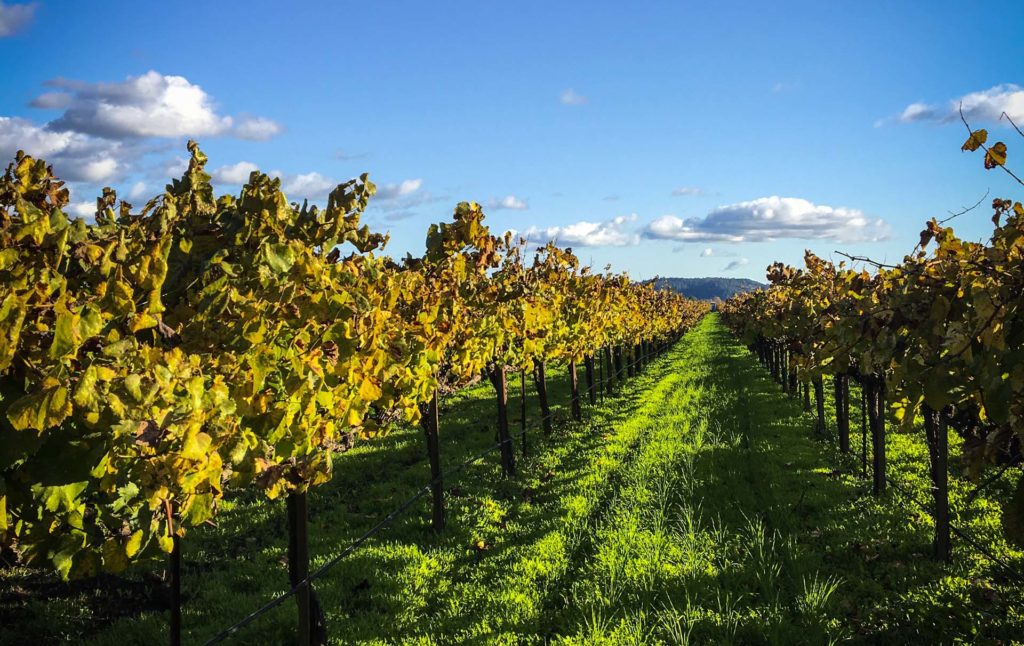
Q: When did you first start selling your wine at Wally’s Wine & Spirits?
A: We began selling with Wally’s over a decade ago. I think they first purchased our 2008 Cabernet Sauvignon. I remember they bought 52 cases (a full pallet) on their first order. Their wine buyer at the time was blown away by the caliber of the wines. They went through that first batch of cases really fast and have always been a strong supporter of ours ever since then. We took it as a great compliment as they are Los Angeles’ premier wine merchant so they definitely know their stuff.
Q: Was it exclusive from the beginning?
A: The exclusivity came naturally as we only produce a reserved quantity of wine each year. Thus we have to be strategic with where we sell the wine and how much we allocate to restaurants versus how much we reserve for our online sales. Scarcity is always a good thing…it makes people really appreciate it when they do get a bottle.
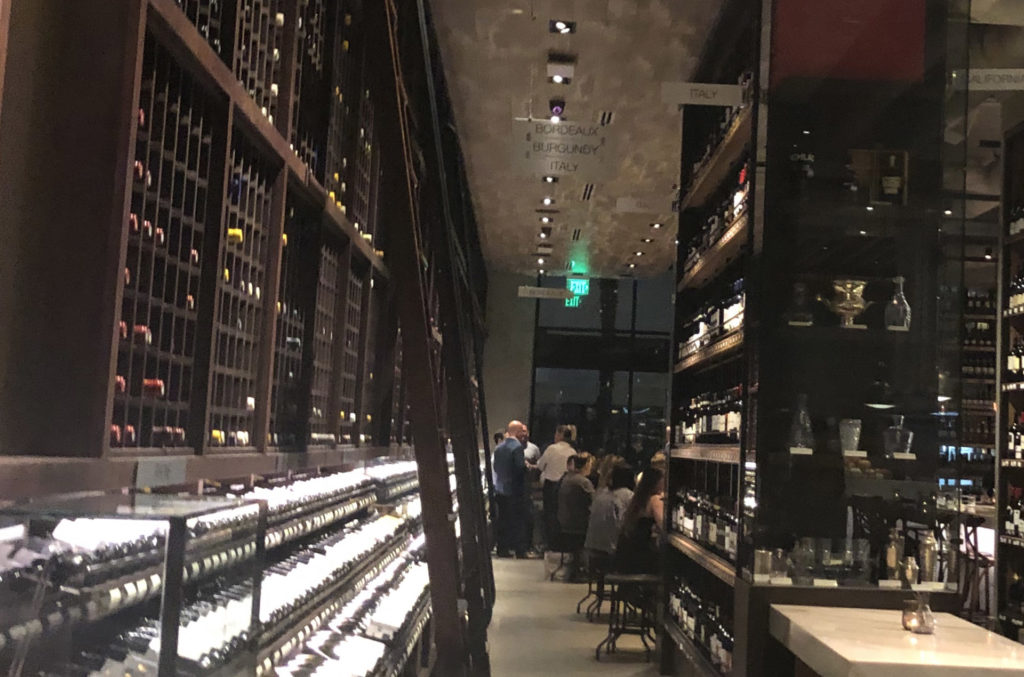
Q: What has your experience been like?
A: It’s been a long journey with plenty of speed bumps along the way but we keep going. To quote the cliché line in wine “It’s easy to make wine but very hard to sell it.” Coming from the finance world, I know this is not a market to get into for a quick ROI unless you want to make inexpensive cheap quality wine with a pretty label in the millions of cases and a huge marketing budget. I always joke that if you want to make a couple of billion dollars in this business, you have to start with one billion dollars in the beginning. It’s a passion business and all passions take time if you want to succeed.
Q: What do you love most about your passion?
A: I love producing wine and putting smiles on people’s faces when they drink our wines.
To find out more about more about Tayson Pierce Wines and the Champagne Éric Philippe brand, visit these websites: https://taysonpiercewines.com/; https://ericphilippechampagne.com/; https://www.wallywine.com/

